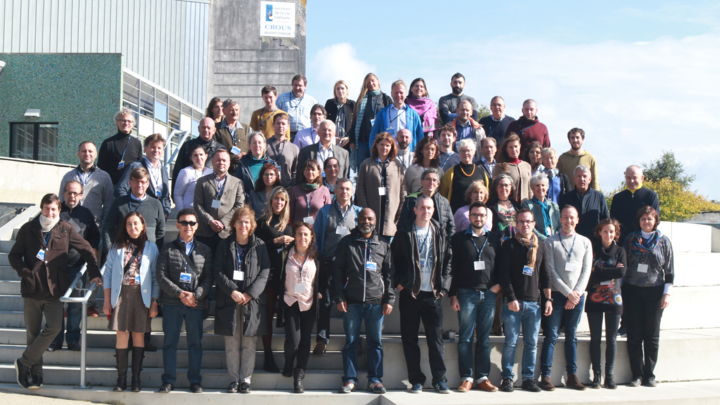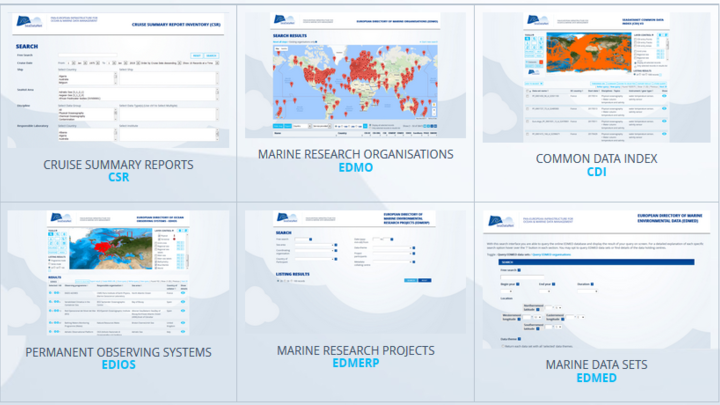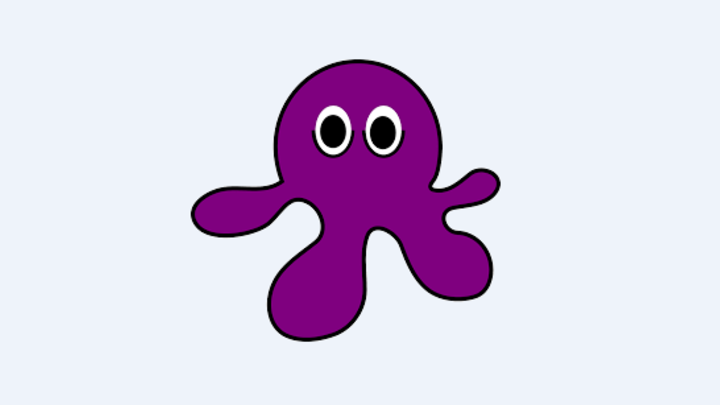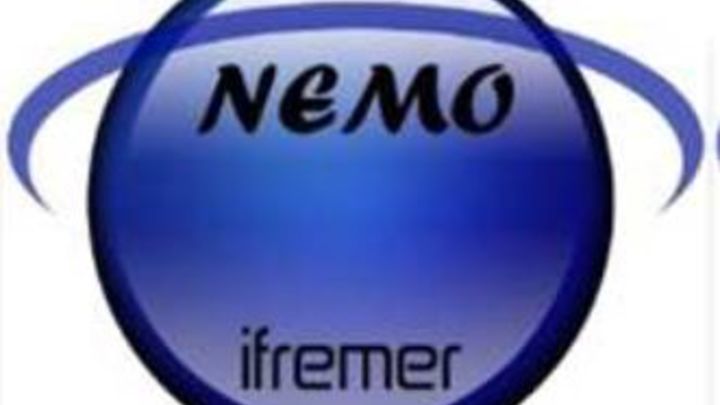How does it work?
When dealing with (in-situ) observation data, there is a very large amount of different sensor data encodings, data models as well as interfaces. This heterogeneity makes the integration of sensor data a very cumbersome task. For example, without a common standardised approach, it would be necessary to customise each application that shall consume sensor data to the individual data formats and interfaces of all sensing devices that will deliver data.
To address this issue, the Open Geospatial Consortium (OGC), an international de-facto standardisation organisation in the field of spatial information infrastructures has developed the Sensor Web Enablement (SWE) framework of standards. The OGC SWE architecture comprises several specifications facilitating the sharing of observation data and metadata via the Web. Important building blocks are standards for observation data models (Observations and Measurements, O&M), for the corresponding metadata about measurement processes (Sensor Model Language, SensorML), and interfaces for providing sensor-related functionality (e.g. data access) via the World Wide Web (Sensor Observation Service, SOS).
Figure 1: Left side: no standards are used, all data sources need to be integrated individually; right side: through the use of standards, common interfaces and encodings reduce the necessary intregration efforts
The SeaDataCloud project has built upon these standards to support the interoperable sharing of near-real time observation data streams. This comprises especially two components:
- SWE Ingestion Service: The aim of this component is to support sensor operators, researchers and data owners during the publication of collected marine observation data. It helps to publish streams of near-real time observation data via SOS servers by first describing the structure of the data stream and then enabling an automated data publication process.
- SWE Viewing Services: This component, which is based on the 52°North Helgoland Sensor Web Viewer, is an application for exploring and visualising data streams from operational sensors and platforms available via the SeaDataCloud infrastructure.
In summary, the SeaDataCloud components, which are available as open source software, cover both aspects, the publication of sensor data streams as well as the provision of client applications for exploring and visualising observation data.






